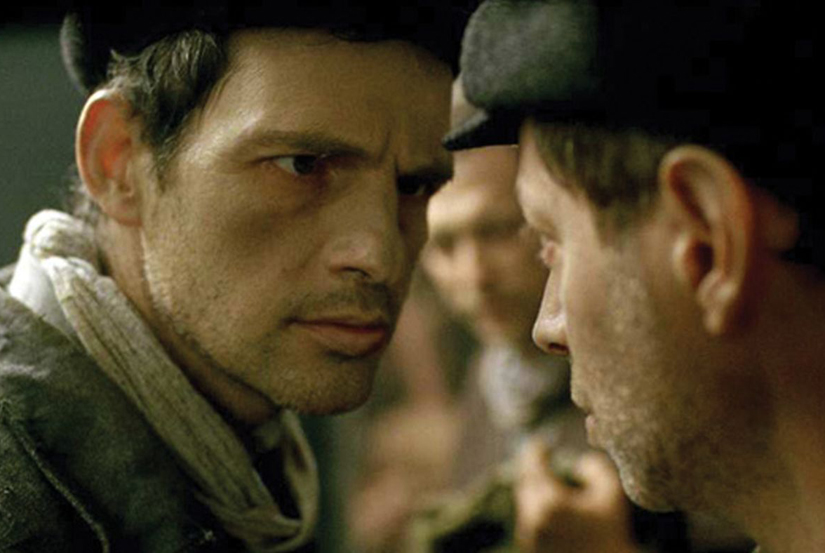
- Film
Foreign Film Submissions, 2015: Son of Saul (Hungary)
Part of the Hollywood Foreign Press Association’s mission is to foster greater understanding through world cinema. This year 72 Foreign Language films were submitted for Golden Globes consideration. Here is an overview of one of them.
As horrific as the Holocaust was in history, it has cinematically provided a poignant canvas for the world to look back, reflect and witness man’s inhumanity to man. From Schindler’s List to The Piano to Life is Beautiful, many of cinema’s greatest filmmakers have lent their perspective to try and understand this horror. The latest film to reflect back on the most horrifying aspect of World War II is Son of Saul , written and directed by Hungarian auteur Laszlo Nemes (With a Little Patience, The Gentleman Takes His Leave).
Set inside Auschwitz, one of the most brutal and inhumane concentration camps, the story follows Saul (Geza Rohrig), a Jewish prisoner who is forced to work the gas chambers as a member of a Sonderkommando – the prisoner squads that were charged with both leading prisoners in the gas chambers and then disposing of them after their murder – all in all a job born out of desperation to merely survive. But even in the midst of such brutality arises a glimmer of hope for one day Saul discovers that a young boy has survived the gas chamber and clings to life. Ordered to deliver the child to the camp doctor for them to medically understand how such an occurrence could take place, Saul becomes consumed with a purpose. After the child dies, he sets out to ensure that a proper Jewish burial is performed; an act that seems impossible to perform in the midst of all the madness, but an act which nevertheless symbolically makes right of all the wrong that he has been forced to do.
Winner of the Grand Prix this past May at the Cannes Film Festival, Son of Saul is a film at its most raw form. Nemes does not romanticize or paint a pretty picture, instead removing any sense of light and color and providing almost no music to manipulate our feelings. The film is shot in a rigorous and claustrophibic quasi-POV, which puts the viewer in the middle of the camp and builds a mounting sense of dread. Nemes lets what are some very graphic images speak for themselves. As hopeless as the setting is, even in the throws of great tragedy, there can be a beacon of courage and faith.
Scott Orlin